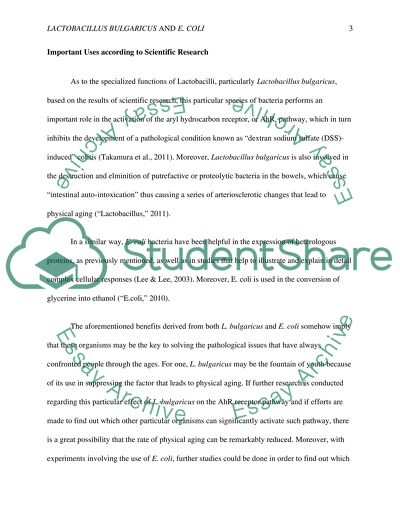Lactobacillus bulgaricus and E.coli. (Microbiology-SLP5) Essay. Retrieved from https://studentshare.org/miscellaneous/1598317-lactobacillus-bulgaricus-and-ecoli-microbiology-slp5
Lactobacillus Bulgaricus and E.Coli. (Microbiology-SLP5) Essay. https://studentshare.org/miscellaneous/1598317-lactobacillus-bulgaricus-and-ecoli-microbiology-slp5.


